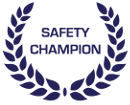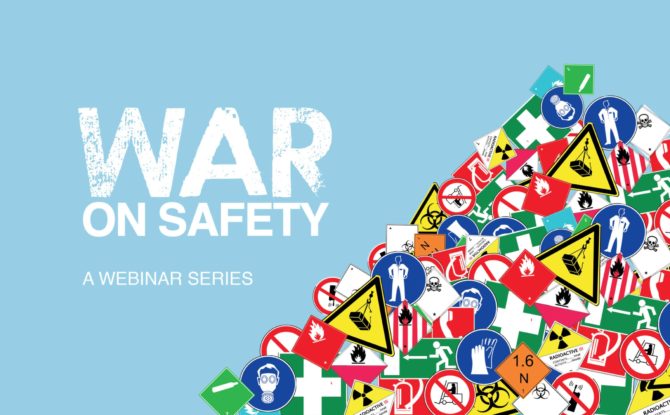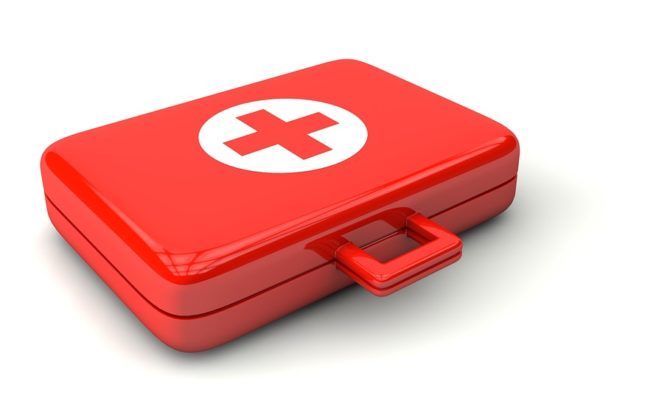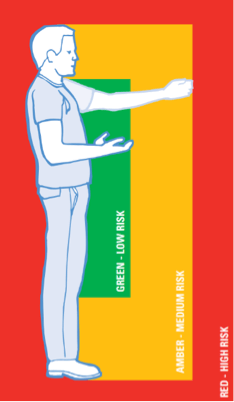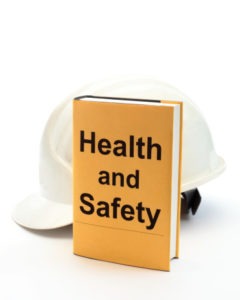You may have read our recent blog Safety just won’t happen without effective leadership a little while ago. In that article we argued that for safety culture to work and work well, it needs the support and influence of the leaders in an organisation. This is one of the most critical components for the assurance of an effective safety culture.
We’d almost go so far as to confidently say, if you don’t have the support of your leadership team as you develop and implement safety practices, you’re up for a hard slog. Sorry to say – and it breaks our heart as super pro-safety people – but we’ve seen it time and time again. Your leaders must be in full support of your safety program if you want your safety culture to really thrive.
So – what can you do about building a stronger safety culture?
If you are a leader, or you have great influence on the leaders in your workplace, read on. These are the behaviours that we’d suggest the leaders in your organisation should take on to promote safety excellence:
1. Set expectations.
Just like leaders do in other facets of business, leaders must translate their vision for safety into clear expectations and accountabilities, and filter this through all levels of the organisation. This provides a platform to enforce rewards, recognition and consequences, which will ultimately drive better behaviours and stronger safety culture.
2. Educate and train.
Leaders must provide education, training and resources to their people to ensure that employees are fully prepared and ready for excellence in safety performance. It is not enough to set the goals and then leave staff without the tools they need to succeed. Education starts at induction, then training should consider both operational specific skills and knowledge (i.e. how to do a work task) and process specific skills and knowledge (i.e. how to ensure policies or procedures are successfully implemented).
3. Power to the people.
By taking on points 1 and 2, leaders are well on their way with empowering their people to succeed. But leaders also must give their people the authority, flexibility and partnership they require to perform and achieve. This involves trust and (if you are one of those types) relinquishing control. In the words of Elsa from ‘Frozen‘ – “let it go”!

4. Encourage.
Leaders absolutely must continuously inspire, reassure and encourage their people to strive for excellence and meet organisational targets. It’s not enough to do this once at the beginning of the year and forget about it. Your people will lose focus on safety if leaders are not keeping it top of mind year-round.
5. Check in.
Leaders need to measure, monitor and review the effectiveness of their safety goals and make any necessary changes as they go. There’s no point without this step, quite frankly.
That’s it from us – our two cents. If you are an aspiring leader in safety, take on the above advice and you will be better placed to succeed, along with your people and your entire safety management system. And if you are looking for a software system to help you implement the nitty gritty of your safety program with ease, so you can focus on the bigger stuff outlined above, give us a bell at Safety Champion or jot down your details here and we’ll be in contact.
Sign up to our 100% safety software today
